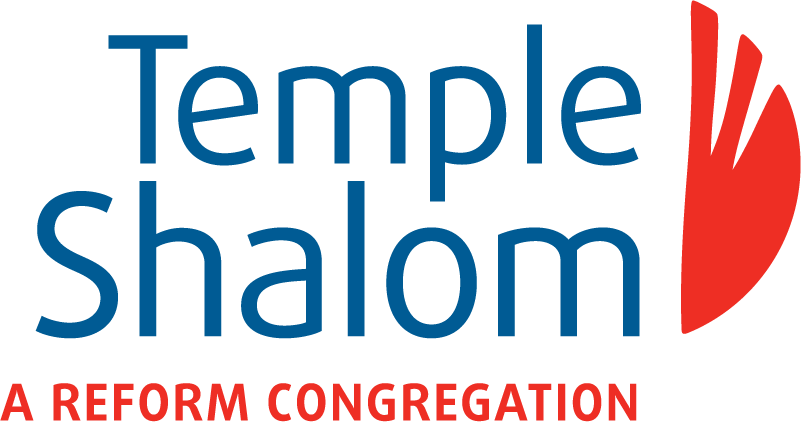Echoes of the Wilderness, Part VI: The Original “Oy”; Chukat, Numbers 19:1−22:1
After a series of important events for Moses, Miriam, Aaron, and the whole community, the end of Parashat Chukat lists the Israelites’ conquests during their journey. Sihon, king of the Amorites, does not allow the Israelites passage through his territory, so they go to war. The Israelites are victorious against him, just as Sihon had previously been victorious against a former king of Moab. The text goes on a brief tangent to an earlier time of conquest by citing the moshlim, anonymous Biblical bards whose songs helped preserve communal history prior to the advent of written records. Within this, in Numbers 21:29, we encounter the first recorded instance of an iconic Jewish exclamation (bolded below):
Yes, we read that right: it is the word “oy,” the first of only two times it appears in the entire Torah. In a 21st century Jewish American context, we recognize it best in the context of kvetching (complaining). Perhaps we associate it with older family members, particularly those of Ashkenazic origin – hearing it aloud might even make us crack a smile. But, as others have noted, “there is nothing funny about it – oy is…an expression of anguish, and may be etymologically related to the English word, ‘woe.'”
A surface-level analysis would have us understand the “oy” in Parashat Chukat as a form of taunting. The Moabites had been conquered before and the Israelites had just conquered them again. This human tendency to boast when victorious is still familiar to us; we can see it when a football crowd crows at the losing team. A more sympathetic reading of this same passage, however, might take into account the teaching from the Bablyonian Talmud Megillah 10b that God does not rejoice over the death of anyone. There is nothing good to be found in the loss of human life; recognizing this demonstrates our humanity and ability to empathize with other people.
What would it feel like to read the Torah’s first exclamation of “oy” aloud in empathy with the Moabites? They are not so far removed from us; after all, the most well-known Moabite, Ruth, joined the Jewish family and became the ancestor of King David.
In recent years, oy provided partial inspiration for artist Deborah Kass’s 2015 sculpture OY/YO. She shared that she, “created OY/YO thinking about the American promise of equality and fairness and our responsibilities to make the country a better place for all…. With hate and division now on the rise, it’s urgent to see our commonalities, what we share and what brings us together.”
This original “oy” may well have been intended as a snide taunt at the downfall of vanquished foes. However, from our vantage point thousands of years later, I suggest that we reread it as an invitation to empathize with anyone who is in a state of suffering. Doing so might then help us bring about the world described by the Yiddish poet Morris Winchevsky in which, “we are all united, oy oy, all united!”
| Oy l’cha Mo’av Avad’ta am k’mosh Natan banav p’leitim uv’notav bash’vit L’melech Emori Sihon. |
אוֹי־לְךָ֣ מוֹאָ֔ב אָבַ֖דְתָּ עַם־כְּמ֑וֹשׁ נָתַ֨ן בָּנָ֤יו פְּלֵיטִם֙ וּבְנֹתָ֣יו בַּשְּׁבִ֔ית לְמֶ֥לֶךְ אֱמֹרִ֖י סִיחֽוֹן׃ |
| Woe to you, O Moab! / You are undone, O people of Chemosh! / His sons are rendered fugitive / And his daughters captive / By an Amorite king, Sihon. | |
